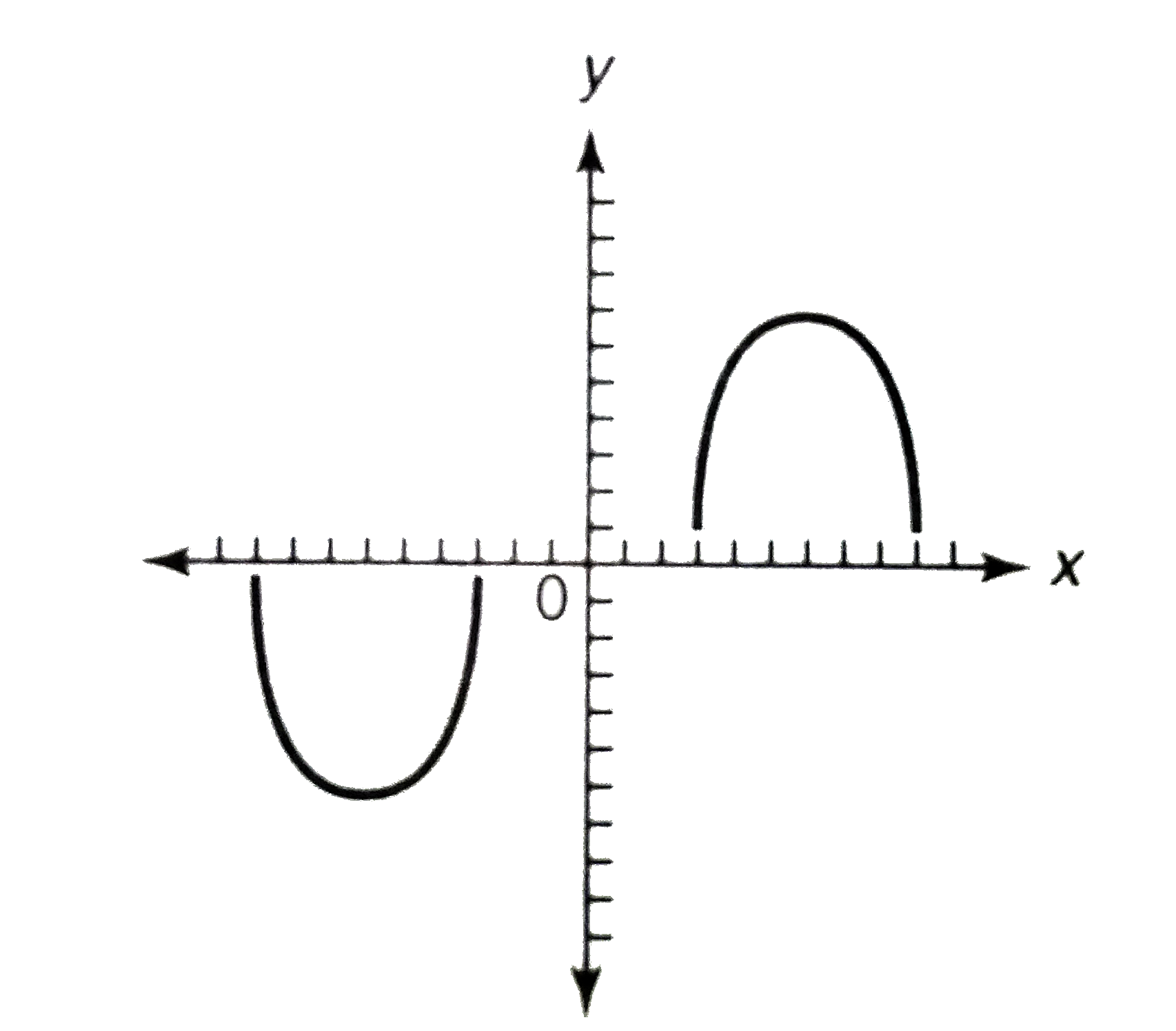The graph of the exponential function h in the xy-plane, where y = h(x), has a y-intercept of d, where d is a positive constant. Which of the following could define the function h ?
A
B
C
D
Text Solution
The correct Answer is:D
Since the function h is exponential, it can be written as , where a is the y-coordinate of the y-intercept and b is the growth rate. Since it’s given that the y-coordinate of the y-intercept is d, the exponential function can be written as . These conditions are only met by the equation in choice D.
Choice A is incorrect. For this function, the value of h(x) when x = 0 is −3, not d. Choice B is incorrect. This function is a linear function, not an exponential function. Choice C is incorrect. This function is a polynomial function, not an exponential function.
|
Similar Questions
Knowledge Check
In the xy-plane, the graph of the polynomial function f crosses the x-axis at exactly two points, (a, 0) and (b, 0), where a and b are both positive. Which of the following could define f ?
Af (x) = (x − a)(x − b)Bf (x) = (x + a)(x + b)Cf (x) = (x − a)(x + b)Df (x) = x(x − a)(x − b)In the xy-plane, the graph of function f has x-intercepts at -3, -1, and 1. Which of the following could define f ?
Af(x)=(x−3)(x−1)(x+1)Bf(x)=(x−3)(x−1)2Cf(x)=(x−1)(x+1)(x+3)Df(x)=(x+1)2(x+3)In the xy-plane, the graph of the functions g has zeros at -4, 2, and 4. Which of the following could define g?
Ag(x)=(x−4)(x−2)(x+4)Bg(x)=(x−4)2(x−2)Cg(x)=(x−4)(x+2)(x+4)Dg(x)=(x+2)(x+4)2
The graph of the function y=f(x). Then which of the following could represent the graph of the function y=|f(x)|
View Solution
The graph of the function f is shown above. Which of the following could represent the graph of y=|f(x)|?
View Solutionf (x) = (x + 3)(x − k)
T he function f is defined above. If k is a positive integer, which of the following could represent the graph of y = f (x) in the xy-plane?
View SolutionThe graph of the linear function f has intercepts at (c,0) and (0,d) in the xy-plane. If 2c=dandd≠0, which of the following in true about the slope of the graph of f ?
View SolutionA linear function has an x-intercept of √3 and a y-intercept of √5. The graph of the function has a slope of
View Solution
